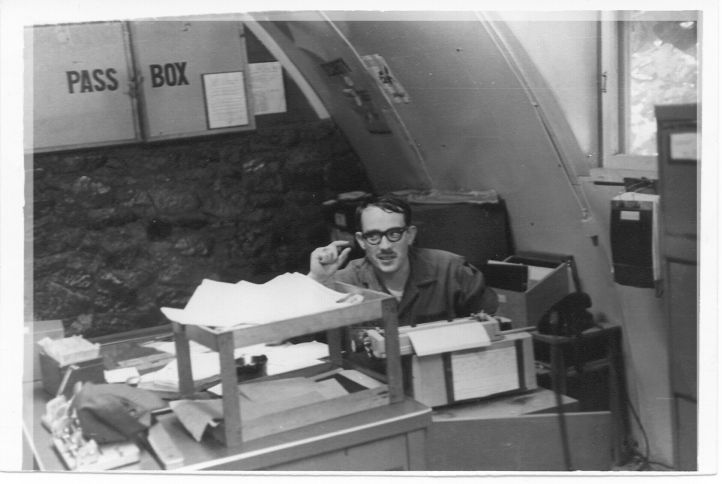For funzies I keep on the
NewsMax.com e-mail list. Today they passed on this gem:
Slightly over half of all Americans – 52.6 percent – now receive significant income from government programs, according to an analysis by Gary Shilling, an economist in Springfield, N.J. That's up from 49.4 percent in 2000 and far above the 28.3 percent of Americans in 1950. If the trend continues, the percentage could rise within ten years to pass 55 percent, where it stood in 1980 on the eve of President's Reagan's move to scale back the size of government.
Sounds pretty bad. Will I hear about this from my Republican friends?
I start to see a little of it to question in the early paragraphs:
Mr. Shilling's analysis found that about 1 in 5 Americans hold a government job or a job reliant on federal spending. A similar number receive Social Security or a government pension. About 19 million others get food stamps, 2 million get subsidized housing, and 5 million get education grants. For all these categories, Mr. Shilling counted dependents as well as the direct recipients of government income.
But its way down at the end I really get the picture:
looked at data from 1950 through 2004. His tally was conservative on several fronts – including the care he took to avoid double-counting anyone.
He added up the number of federal, state, and local government workers, plus private sector workers who owe their jobs to government. He then tallied the recipients of transfer payments (like pensions) and a few other substantial programs (like food stamps). And he tacked on the dependents of these direct beneficiaries.
So lets see we have dependents as well as the people getting the money directly, so lets say an average of .5 dependent, not 1.5 for an average family. We are down to 35.0%.
Lets see 1 in 5 get social security or a Government Pension, I'm not sure I like counting those Social Security people since they, like me, paid for it. So I'll knock out another 15% off that list (less than average dependents), and we are down to 20%
Then we have those with a Government Job or those reliant on federal spending (lets see that is government employees, defense contractors, all those other contractors, religious abstinence programs, teachers, homeland security etc.) Another 20%. so we sound pretty close to zero if we think most government employees and contractors deserve pay!
I presume he accounted for a bit more overlap since the 19 million get food stamps, 2 million subsidized housing, and 5 million education grants which by themselves may total something like 10-15% if you look at dependents.
Yet I still have problems with this. Food stamps do not amount to too much per person yet they help farmers. Come to think of it he did not mention farm subsidies? Or all those under cost Oil leases. And when it comes to Education do these grants help education as much as they help students?
He divided his total by the US population to get a "government beneficiary" ratio for each decade. The ratio has risen, he found, from 28.3 percent in 1950 to a peak of 55.0 percent in 1980. It edged down in 1990 and again in 2000, and now has begun climbing again.
And finally we learn that things actually were worse in 1980 than they are now! And it was at 49.4% in 2000 - How could that happen with all the magical tax cuts? - could it be all those extra outsourcing contracts to Haliburton? Measuring decade by decade we don't know if it was Reagan or Clinton that caused the decline, or for that matter if it was Nixon/Ford or Carter that caused the increase...or is it more dependent on demographics or employment or some other variable?
In conclusion, this whole report may be entirely accurate, yet useless!
Addendum:
CounterPunch has a relevant article on Military Spending as income redistribution:
there is another (less obvious but perhaps more critical) factor behind the recent rise of U.S. military aggressions abroad: war profiteering by the Pentagon contractors. Frequently invoking dubious "threats to our national security and/or interests," these beneficiaries of war dividends, the military-industrial complex and related businesses whose interests are vested in the Pentagon's appropriation of public money, have successfully used war and military spending to justify their lion's share of tax dollars and to disguise their strategy of redistributing national income in their favor.
That's just one example of what I would define as being 'on the Dole'.
And from the Hartford Courant today:
The federal government has taken billions of dollars from the taxes and fees that airline passengers pay every time they fly and awarded it to small airports used mainly by private pilots and globe-trotting corporate executives.
I suggest reading the details when the summary says 'the federal government' , it always has to be some combination of 'the Bush Administration, the Republican Congress, and/or the Clinton Administration, the former Democratic Congress' etc. who did/does things.
